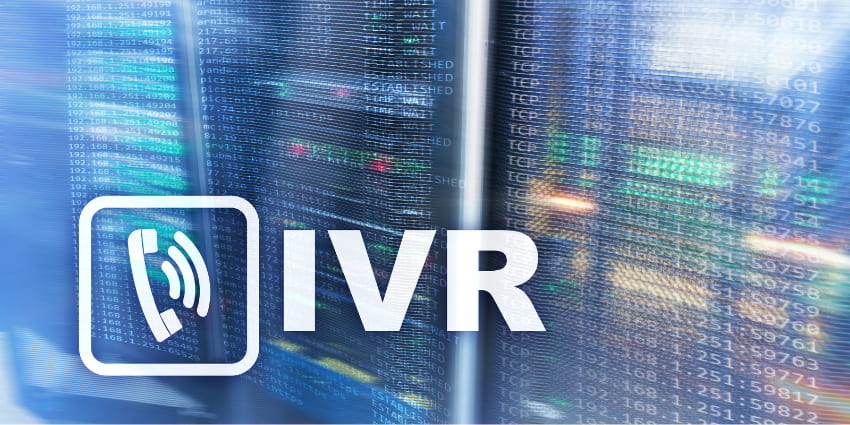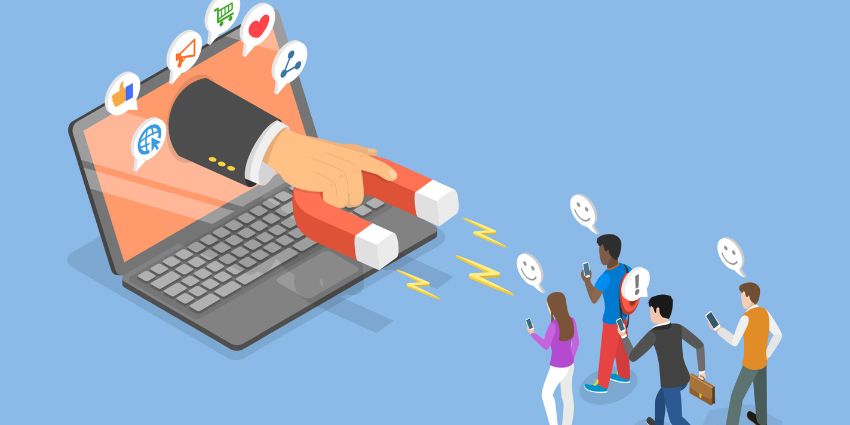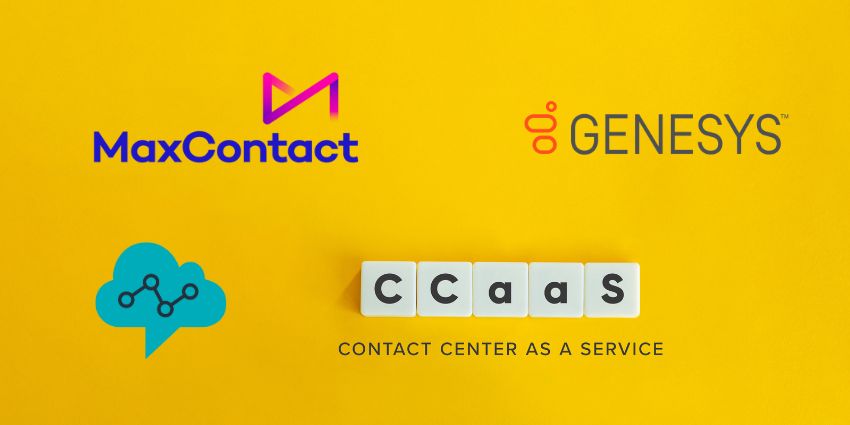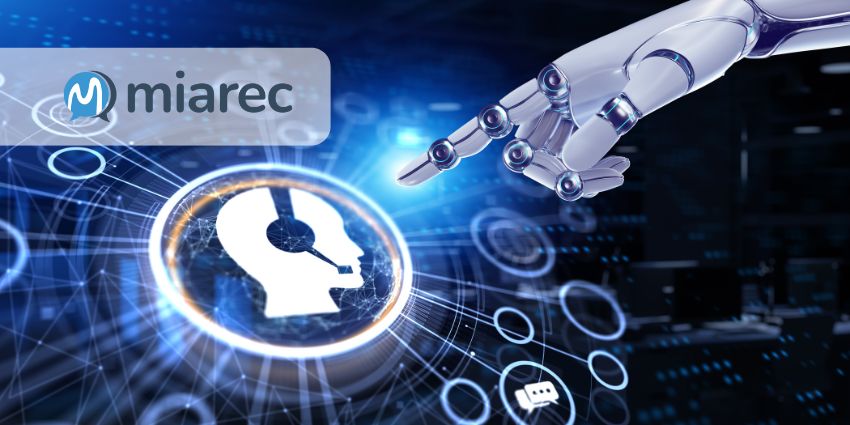Interactive voice response or IVR has always been a staple in customer support conversations, although its application has usually been severely limited. IVRs are typically used to conduct customer surveys, asking callers to rate their interactions, after the conversation ends. They are also used to input a caller’s requirements before connecting with a live agent. However, one of the most promising areas of IVR implementation (which would actually deliver value, unlike traditional IVR systems, according to McKinsey), is IVR-based payments.
What is IVR-based Payment in a Contact Centre and How Does it Work?
An IVR-based payment system entails that you input customer payment data using an automated voice system instead of a live agent, and approve the payment to your organisation with very little manual intervention. This functionality is built on tight-knit integrations between different interfacing systems, including your telephony layer, the CRM, the contact centre management UI, the payments services gateway, the bank, and the card provider.
Here’s how it works:
- The customer is greeted by an automated call that asks for verification
- After verification, the customer enters their card details either through voice commands or by pressing on the keypad (i.e., touchtone identification).
- The details are passed onto the payment gateway without sharing any sensitive information with the contact centre UI
- The payment services gateway gets the details, as well as the interaction itself, verified as per bank and card provider databases
- In debit transactions, the payment happens instantaneously, while the actual payment collection can be delayed in the case of credit cards. Either way, the contact centre UI is now informed about the completed/impending transaction
- The customer hears a confirmation and may be asked to rate the interaction through an IVR survey
- Once the interaction is closed, your CRM database is updated, with the interaction details
While IVR interactions are more common in the pre-call stage – i.e., during hold time – mid-call IVR is more useful for accepting payments.
Benefits of Mid-call IVR Payments in a Contact Centre
A mid-call IVR capability lets your agents route a conversation to IVR in between a conversation. Once the transaction is complete, the customer is returned to a live agent’s line, and the conversation continues as before. This means that agents can complete a customer’s request or capitalise on an upselling/cross-selling opportunity in near-real-time, without the lead getting cold.
Mid-call IVR can also use speech recognition to approve payments. This means that the verification is based on the customer’s voice biometrics, without an agent being privy to the data. It is a secure payments system, compliant with PCI DSS standards.
The result is an overall improvement in the customer experience, as customer requests for payments are promptly addressed, and a voice-based payments system is more convenient than physically entering your card details into an online payment portal. Finally, as the transaction takes place mid-call, the agent can check the contact centre dashboard to confirm that the payment has gone through without a glitch, increasing customer confidence.







